Copyright 2021 Alex von Tunzelmann
The right of Alex von Tunzelmann to be identified as the Author of the Work has been asserted by her in accordance with the Copyright, Designs and Patents Act 1988.
Apart from any use permitted under UK copyright law, this publication may only be reproduced, stored, or transmitted, in any form, or by any means, with prior permission in writing of the publishers or, in the case of reprographic production, in accordance with the terms of licences issued by the Copyright Licensing Agency.
First published in Great Britain in 2021 by Headline Publishing Group
First published as an Ebook in Great Britain
by Headline Publishing Group in 2021
Cataloguing in Publication Data is available from the British Library
Front cover photograph Meissner/ullstein bild via Getty Images;
Back cover photograph Bob Daemmrich/Alamy
Author photograph Eugnie von Tunzelmann
Jacket design by Jack Storey
Illustrations David Lawrence
Hardback ISBN: 978 1 4722 8187 6
eISBN: 978 1 4722 8189 0
HEADLINE PUBLISHING GROUP
An Hachette UK Company
Carmelite House
50 Victoria Embankment
London EC4Y 0DZ
www.headline.co.uk
www.hachette.co.uk
I met a traveller from an antique land,
Who saidTwo vast and trunkless legs of stone
Stand in the desert... Near them, on the sand,
Half sunk a shattered visage lies, whose frown,
And wrinkled lip, and sneer of cold command,
Tell that its sculptor well those passions read
Which yet survive, stamped on these lifeless things,
The hand that mocked them, and the heart that fed;
And on the pedestal, these words appear:
My name is Ozymandias, King of Kings;
Look on my Works, ye Mighty, and despair!
Nothing beside remains. Round the decay
Of that colossal Wreck, boundless and bare
The lone and level sands stretch far away.
Glirastes (Percy Bysshe Shelley), Ozymandias, 1818
Contents
Eugnie von Tunzelmann
Alex von Tunzelmann is a bestselling author, screenwriter, broadcaster, and media commentator. She lives in London.
www.alexvontunzelmann.com

@alexvtunzelmann
Like all the best historians von Tunzelmann uses the past to explain what the hell is going on today. She does so with a flair, her signature mix of scholarship and succinctness that is so compelling. If you want to make sense of the statues debate, and the coming culture war over our history, this is where you need to start Dan Snow
This timely, sparkling and often hilarious book is all that we have come to expect from Alex von Tunzelmann - witty (often wickedly so) scintillating, skewering pomposity. Readers will her relish eagle-eyed knack of offering jaw dropping anecdote while always keeping us aware of the big picture Michael Wood, Historian
Alex von Tunzelmann is one of the most gifted historians writing today. Brilliant and trenchant, witty and wise, Fallen Idols is a book you will adore, devour, and talk about to everyone you know. Hesitate no longer; buy this book Suzannah Lipscomb, author, award-winning historian and broadcaster
Indian Summer: The Secret History of the End of an Empire
Red Heat: Conspiracy, Murder and the Cold War in the Caribbean
Reel History: The World According to the Movies
Blood and Sand: Suez, Hungary, and Eisenhowers Campaign for Peace
A hugely entertaining and informative narrative on one of the key arguments raging across the globe.
In 2020, statues across the world were pulled down in an extraordinary wave of global iconoclasm. From the United States and the United Kingdom to Canada, South Africa, the Caribbean, India, Bangladesh, and New Zealand, Black Lives Matter protests defaced and hauled down statues of slaveholders, Confederates, and imperialists. Edward Colston was hurled into the harbour in Bristol, England. Robert E. Lee was covered in graffiti in Richmond, Virginia. Christopher Columbus was toppled in Minnesota, beheaded in Massachusetts, and thrown into a lake in Virginia. King Leopold II of the Belgians was set on fire in Antwerp and doused in red paint in Ghent. Winston Churchill was daubed with the word racist in London.
Statues are one of the most visible - and controversial - forms of historical storytelling. The stories we tell about history are vital to how we, as societies, understand our past and create our future. So whose stories do we tell? Who or what defines us? What if we dont all agree? How is history made, and why?
Fallen Idols looks at twelve statues in modern history. It looks at why they were put up; the stories they were supposed to tell; why those stories were challenged; and how they came down.
History is not erased when statues are pulled down. If anything, it is made.
To my godchildren, and the next generation:
you are the future, so make your own history.
This is a book about how we make history. There are lots of ways we remember the past in song, in verse, in movies and TV shows, in art, in artefacts, in exhibitions and festivals. We tell our stories in fiction, in non-fiction, in propaganda, in anecdotes, in jokes. This book looks at one particular and controversial form of historical storytelling: statues. Statues are intended, literally, to set the past in stone. As well see, that doesnt always work.
In 2020, statues across the world were pulled down in an extraordinary wave of iconoclasm. There had been such waves before during the English Reformation, the French Revolution, the fall of the Soviet Union, and so on but the 2020 iconoclasm was global. Across former imperial powers and their former colonial possessions, from the United States and the United Kingdom to Canada, South Africa, the Caribbean, India, Bangladesh and New Zealand, Black Lives Matter protesters defaced and hauled down statues of slaveholders, Confederates and imperialists. Edward Colston was hurled into the harbour in Bristol, England. Robert E. Lee was covered in graffiti in Richmond, Virginia. Christopher Columbus was toppled in Minnesota, beheaded in Massachusetts, and thrown into a lake in Virginia. King Leopold II of the Belgians was set on fire in Antwerp and doused in red paint in Ghent. Winston Churchill was daubed with the words is a racist in London.
Some feared that this was becoming a frenzy. In the United States, Confederate statues had long been a focus for public protest, but soon statues of national icons and progressive figures were attacked too. Protesters in Madison, Wisconsin, tore down the Forward Statue, celebrating womens rights, and another, of an abolitionist. A statue of the abolitionist Frederick Douglass in Rochester, New York, was knocked clean off its base: it was unclear if the perpetrators were confused anti-fascists or fascists, retaliating for the removal of Confederates and slaveholders. The statue of the Little Mermaid in Copenhagen, Denmark, was daubed with the words Racist Fish. That one was probably just a prank.
The backlash was led by President Donald Trump, who signed an executive order declaring: Many of the rioters, arsonists, and left-wing extremists who have carried out and supported these acts have explicitly identified themselves with ideologies such as Marxism that call for the destruction of the United States system of government. The order reiterated that those who damage federal property could face ten years in jail. Individuals and organizations have the right to peacefully advocate for either the removal or the construction of any monument, it concluded. But no individual or group has the right to damage, deface, or remove any monument by use of force.





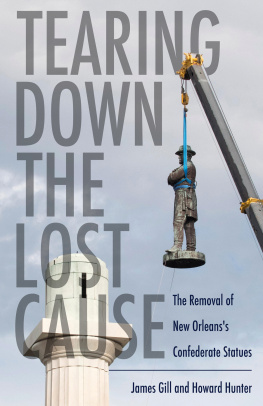

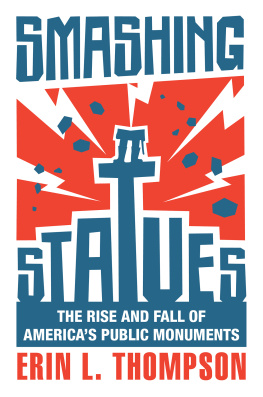

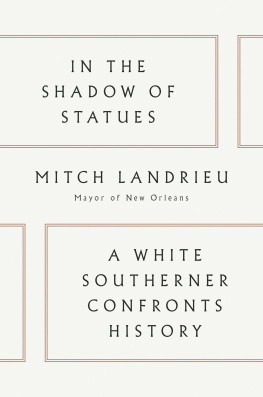


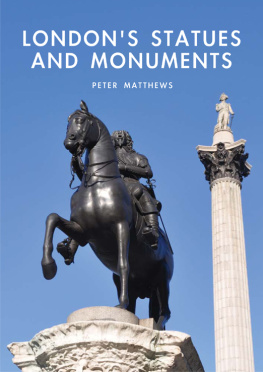
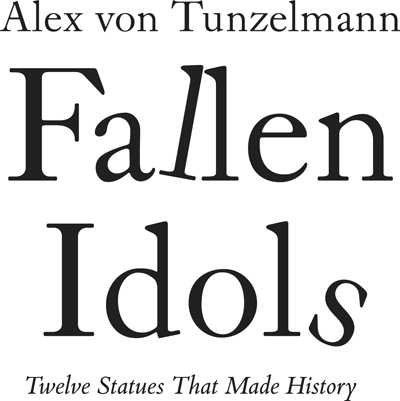


 @alexvtunzelmann
@alexvtunzelmann